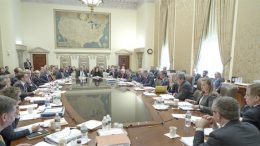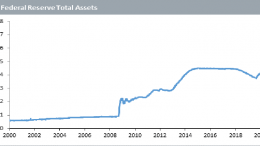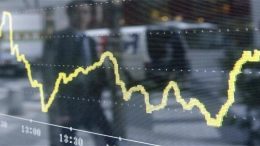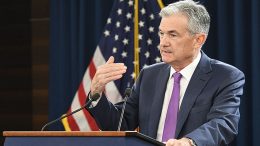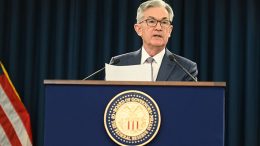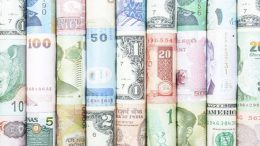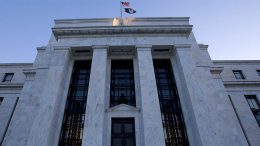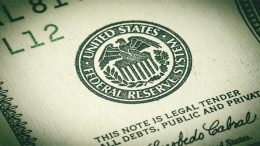Fed Monetary Policy Review – No FAIT But What We Make
David Page, Head of Macro Research at AXA Investment Managers | Federal Reserve Chair Powell delivered the first shared address to a (virtual) Jackson Hole Monetary Conference. He delivered the conclusions of the Fed’s Monetary Policy Review, a process that was started in early 2019, and was due to be announced earlier this year, before the pandemic delayed the release. The Review maintained the broad pillars of Fed policy making: a dual mandate with employment and price stability goals, with price stability defined as 2% over the long term. However, it made three changes…

